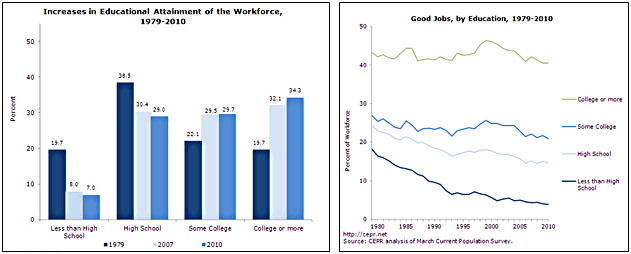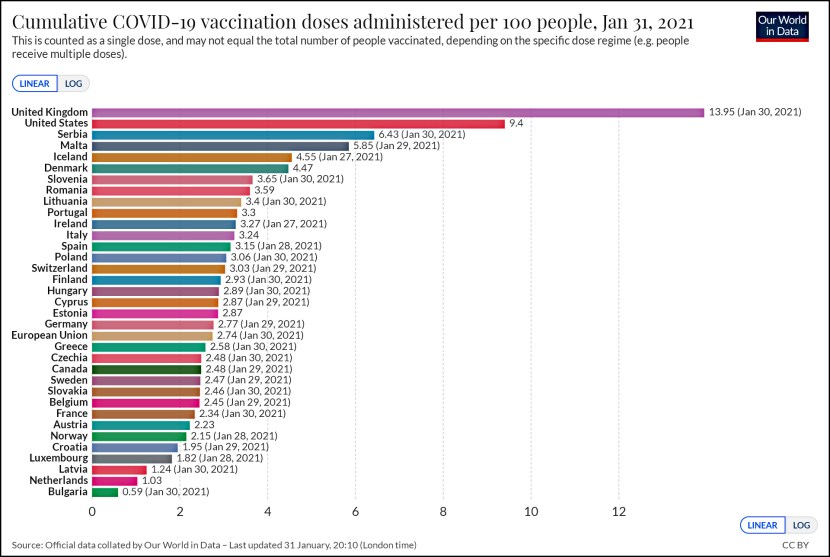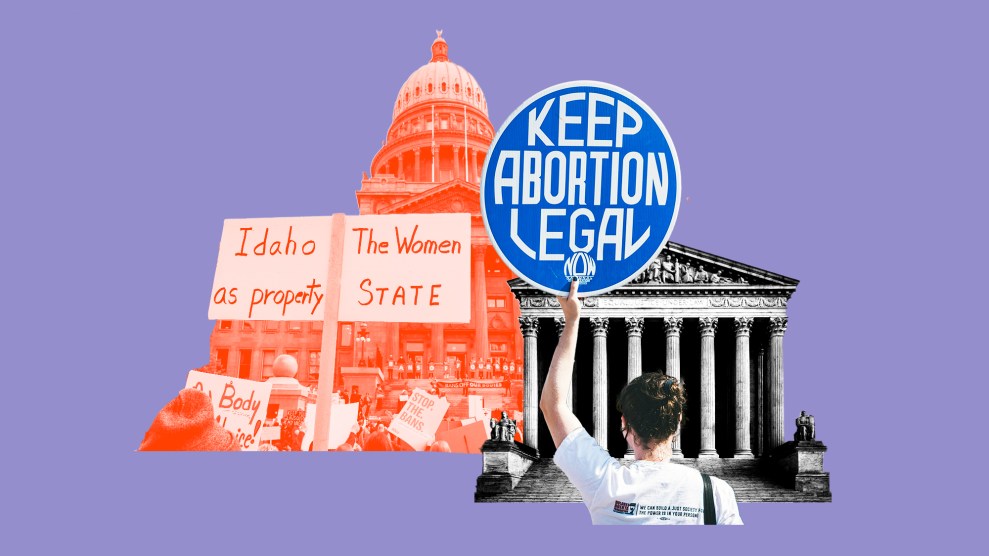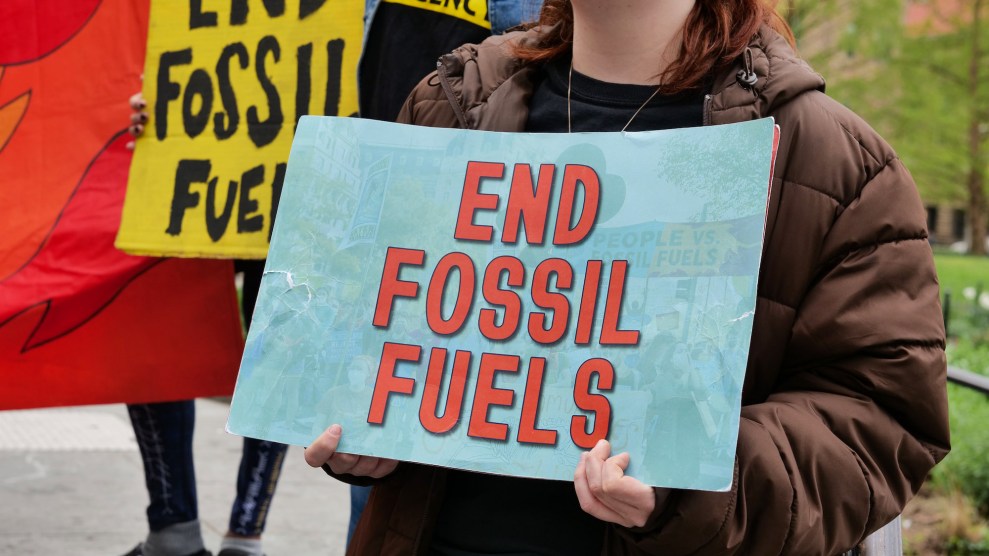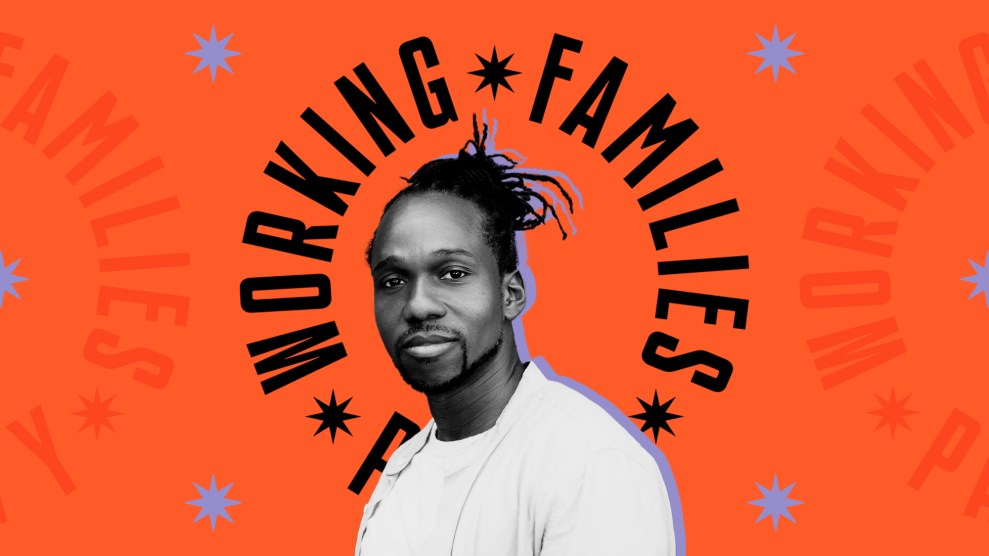Via Richard Kirsch, here’s an interesting juxtaposition courtesy of the Center for Economic and Policy Research. They set out to calculate the number of workers with “good jobs,” and they set a fairly low bar. A good job is one that pays $37,000 (the median wage for men in 1979), includes at least some health insurance, and some kind of retirement plan. It doesn’t have to be generous health coverage or a generous retirement plan. Mediocre health plans with big copays still count, and modest 401(k) retirement plans count. The job just has to include something.
The two charts below show what’s happened over the past 30 years. The chart on the left tracks education levels, and it shows that the number of high school dropouts and high school grads has gone down, while the number of workers with at least some college or a college degree has gone up. Despite that, as the chart on the right shows, the percentage of people employed in good jobs has steadily declined. It’s gone down more at the bottom, but it’s gone down everywhere else too. Overall, the number of workers with good jobs has declined from 27% to 24% since 1979.
The full report is here. Full-size versions of the charts are here. Bottom line: more education is better, but it’s not a magic bullet for the bottom 99%. Even with educational attainment up considerably over the past three decades, good jobs are fewer and farther between.
